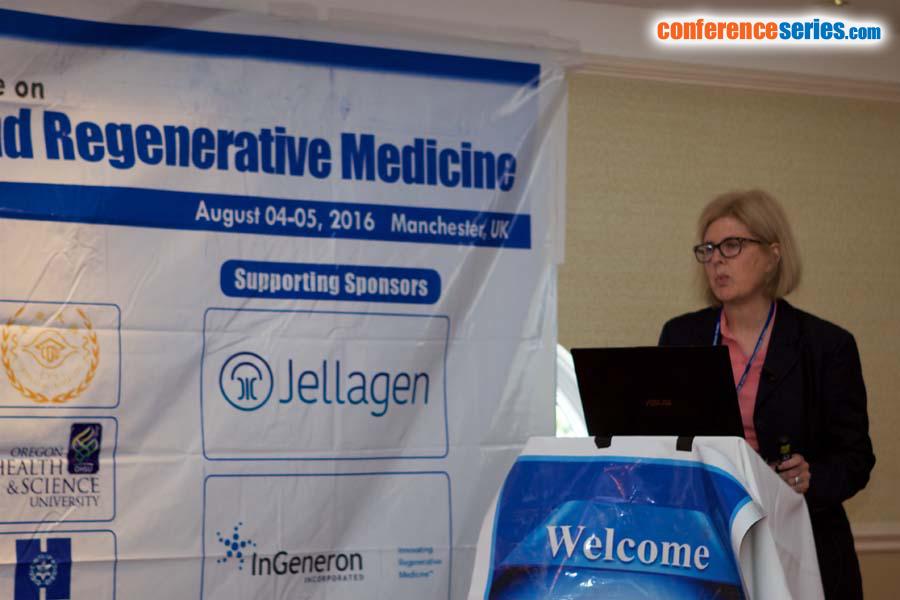
SuEllen Pommier
Oregon Health & Science University, USA
Title: Surgical resection of residual breast cancer: the stem cells that neoadjuvant chemotherapy leaves behind
Biography
Biography: SuEllen Pommier
Abstract
Background: Responses to neo adjuvant chemotherapy (NAC) are used as surrogates to evaluate systemic response in patients. 85% of patients have residual disease (RD) implying some degree of treatment resistance. We hypothesize that the frequencies and mutation status of breast cancer stem cells (BCSC) in the tumor will correlate with having RD after NAC.
Methods: Fresh surgical specimens collected from invasive ductal carcinomas (IDC) before and after NAC. BCSC were counted and mutations identified by array platform, assessing 2800 mutations in 50 tumor suppressor and oncogenes. Changes in tumor size, receptor status, BCSC frequencies and mutation identification were compared between treatment naïve IDC and IDC after NAC.
Results: There were 39 women with IDC, of which 15 received NAC.
Treatment naive and NAC treatment groups had similar clinical characteristics except for an increase of ER-/PR- tumors in the latter (8% vs. 40%, p=0.04). Mean sizes of naïve tumors were 3.0 cm and those receiving NAC were 2.6 cm. Mean size of RD was 3.4 cm. The frequencies of PIK and TP53 oncogene mutations were 32% and 3.6%, respectively, in treatment naive tumors compared to 36.4 % and 36.4% in RD (p=0.016). Specific BCSCs harboring these mutations had a 3.7 fold higher frequency in RD among both ER/PR positive and negative tumors (p<0.0004).
Conclusions: Following NAC, breast cancer RD contained higher frequencies of BCSCs carrying aggressive cancer mutations compared to tumors prior to NAC or tumors with no RD. These cell populations are not only resistant but may be increased by NAC. RD molecular assessment provides opportunities to evaluate the mechanisms of response/resistance to NAC, as well as to direct further therapies.
Speaker Presentations
Speaker PPTs Click Here



